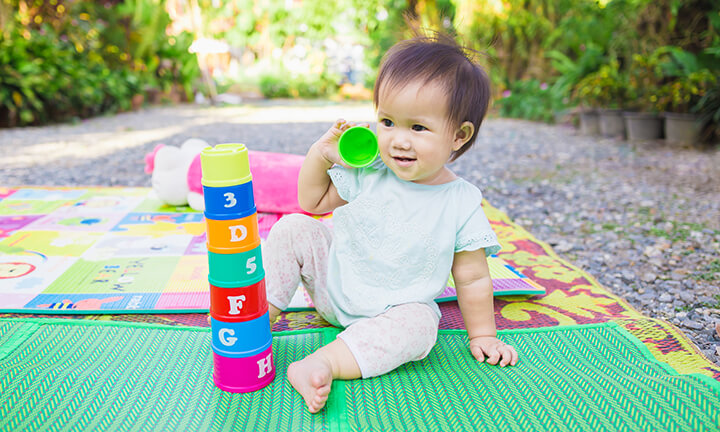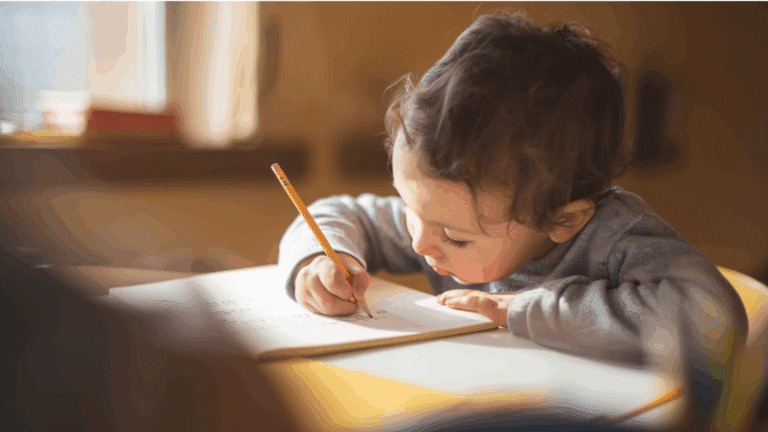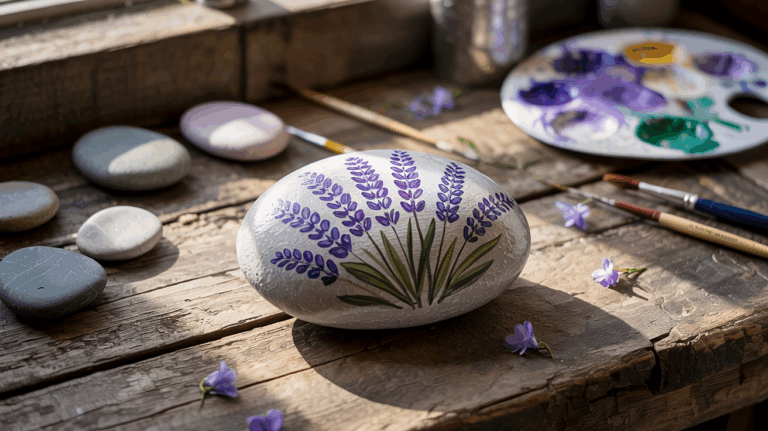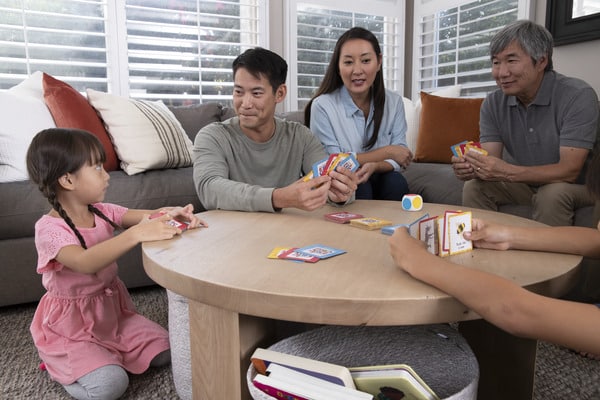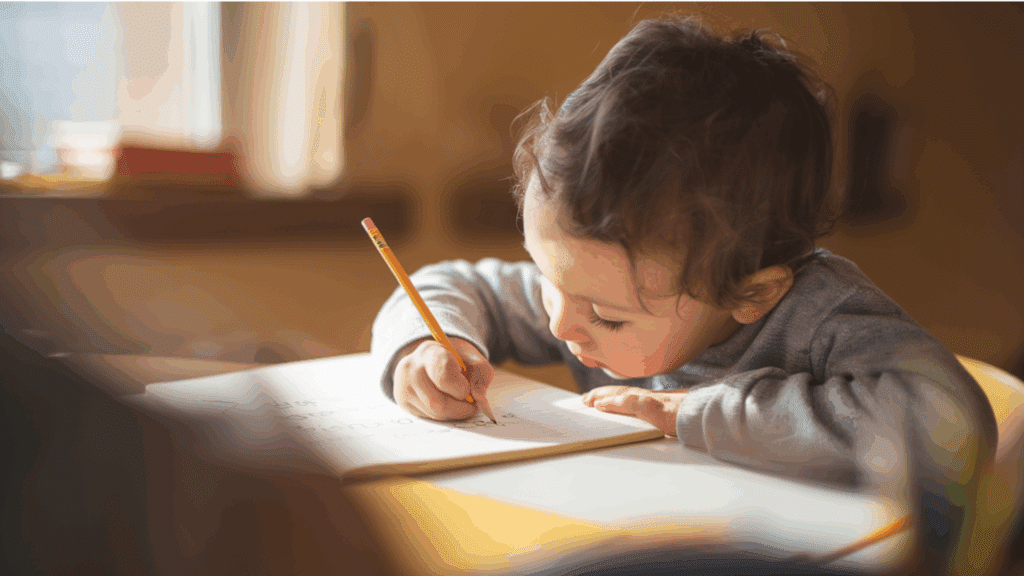Did you realize your toddler is growing so fast performing fine motor skills? Every child has their strength and pace of doing the work. But on average, if we see, they must perform some activity to strengthen their small muscles.
Fine motor skills examples are the most common activity among kids. Some common examples of fine motor skills examples include writing, clapping hands, brushing teeth, putting puzzles, and so on.
But do you know the importance of fine motor skills? Fine motor skills enhance the creativity of every child. They improve hand-eye coordination by performing different activities.
After getting through some fine motor skills examples, you may find that your child is grown up. Many parents find chaos while selecting the activity for their kids. So, to bring clarity, there are different lists of examples of fine motor skills that can help the child develop fine motor skills and be independent.
What are Fine Motor Skills?
Fine motor skills lead to the development of small muscles in toddlers. It involves using vision hands, mainly referred to as hand-eye coordination. They are generally different from gross motor skills.
Gross motor skills consist of the use of large muscles. If we check the fine motor skills examples, many activities may lead to difficulty in performing by a toddler at the start.
However, regular activity practice can strengthen the muscles and help them reach the milestones of toddlers. In elementary school, kids are taught to cut paper, draw pictures with detailed figures, write letters, mold play dough, and so on. This activity helps them go through all the levels of their hand-eye coordination and succeed.
Lists of Fine Motor Skills Examples by Age
It is helpful for everyone to check the fine motor skills examples by age. You can select your child’s age group and note down the fine motor skills examples. Remember that not all kids learn and grow at the same pace.
You can use the given examples to perform the activity. Talk to a doctor if you have concerns about your child’s growth and development. Start practicing the activity they haven’t completed from the lists below.
1. 0-3 Months
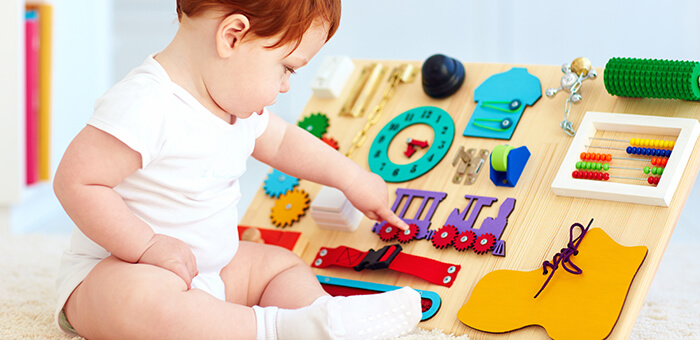
These are the fine motor skills examples from 0-3 months.
- Eyes are drawn to hanging toys as they move.
- Hands movement from holding together and apart.
- They love playing with their fingers.
2. 3-6 Months
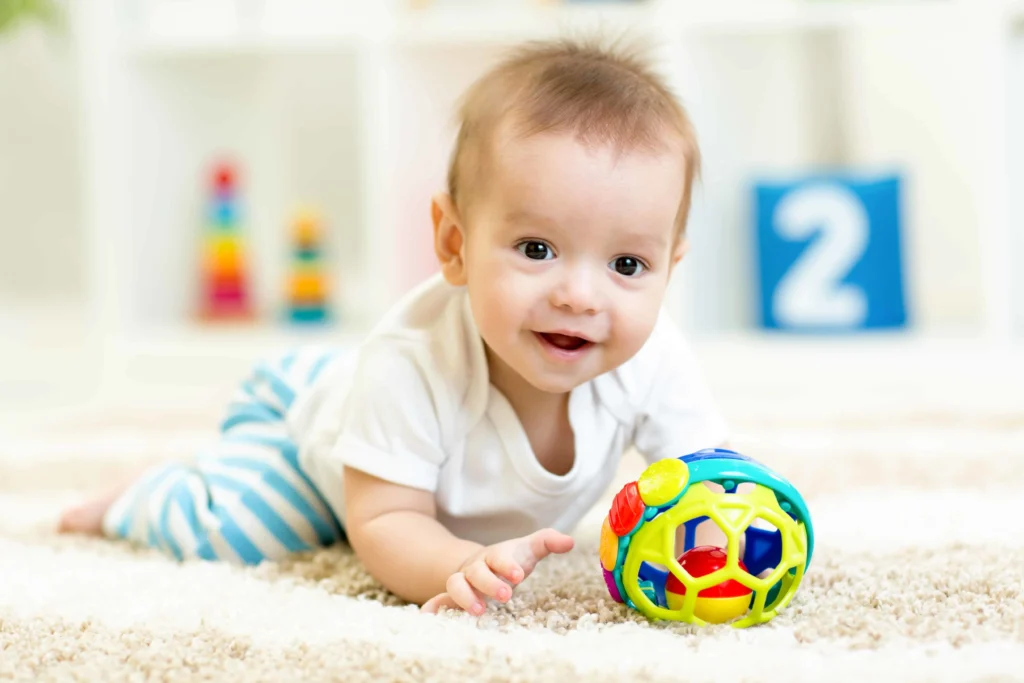
These are the fine motor skills examples from 3-6 months.
- Babies explore tactile by tapping their bottle or chest or touching and pulling at their parents’ hair, spectacles, or face. They’re practicing picking up items while juggling several others. They can practice themselves by touching every object.
- They keep hold of the rattle for a second or two but haven’t mastered eye-hand coordination yet. They can pick up and move objects by grasping, hitting, and knocking them over.
- They’re gradually figuring out how to use their thumbs as grasping tools.
- They can learn and eat any item in their mouth by using their hands.
3. 6-9 Months

These are the fine motor skills examples from 6-9 months.
- Kids start bringing toys to their mouths. They often perform these fine motor skills by themselves.
- They keep throwing objects/toys from one hand to another.
- Even the tiny objects are picked up by themselves.
- Holding the bottle by themselves
- Trying to feed the food by themselves.
- Copying the mother’s activity by movement of her hands.
- Dropping and taking out things from the drawers of the almirah. This is one of the common fine motor skills activities the toddler performs.
4. 9-12 Months

These are the fine motor skills examples from 9-12 months.
- Guide them to turn the page from one another or flip the pages without tearing. Make sure that they are performing it in the right way.
- Exercise your hand gestures by waving to your loved ones.
- Children assist you with removing cotton balls or pom poms from a whisk.
- Paint by numbers! (For safety’s sake, make sure it’s edible, as kids this age prefer to put everything in their mouths and experiment with different textures)
- They start snacking on finger foods.
- Grasps the crayons in a clenched fist.
- Capable of juggling multiple little items in one hand.
5. 12-18 Months
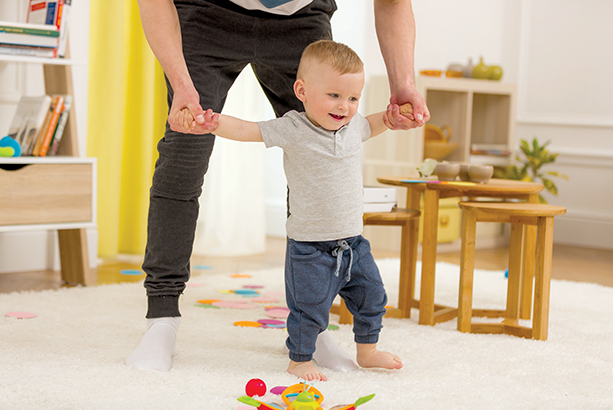
These are the fine motor skills examples from 12-18 months.
- The beginner stage is to use a spoon and cup. Feeding the food by themselves.
- Clapping both hands together.
- Praying to God by closing their eyes and keeping both hands together.
- Playing different games by using hand and leg movement.
- Using colors to draw.Performing random coloring exercises.
- Movement of the hand muscles by taking toys from here and there.
- Waving Hi and Bye to their close ones.
- Pointing towards the toys they want.Or asking for particular objects to play by showing their index fingers.
6. 1.5-2 Years
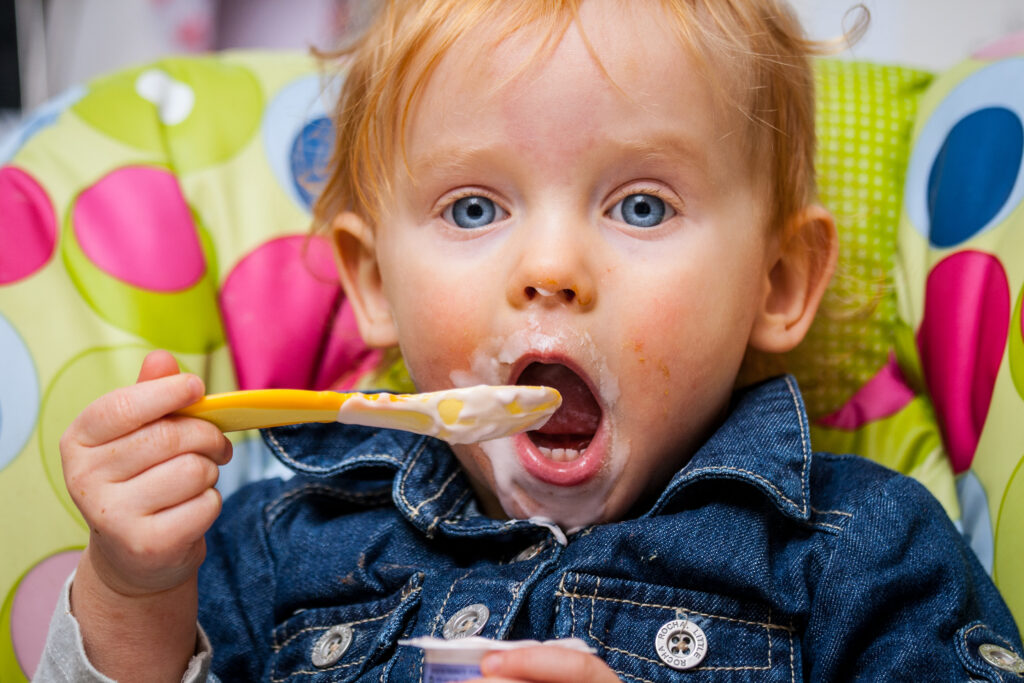
These are the fine motor skills examples from 1.5-2 years.
- Playing with the edible playdough. The quality of the dough is eco-friendly as it doesn’t hamper the children’s health. They love making shapes from it, resulting in finger movement. It is one of the best keys to enhancing kids’ creativity.
- Playing with the building blocks. There are different games in which kids love building their castles and developing their motor skills.
- Throwing a small sponge ball. There are balls available for the kids, which they can catch easily.
- Water is poured into a variety of storage vessels. Playing with water is one of the best fine motor skills for kids.
7. 2-3 Years
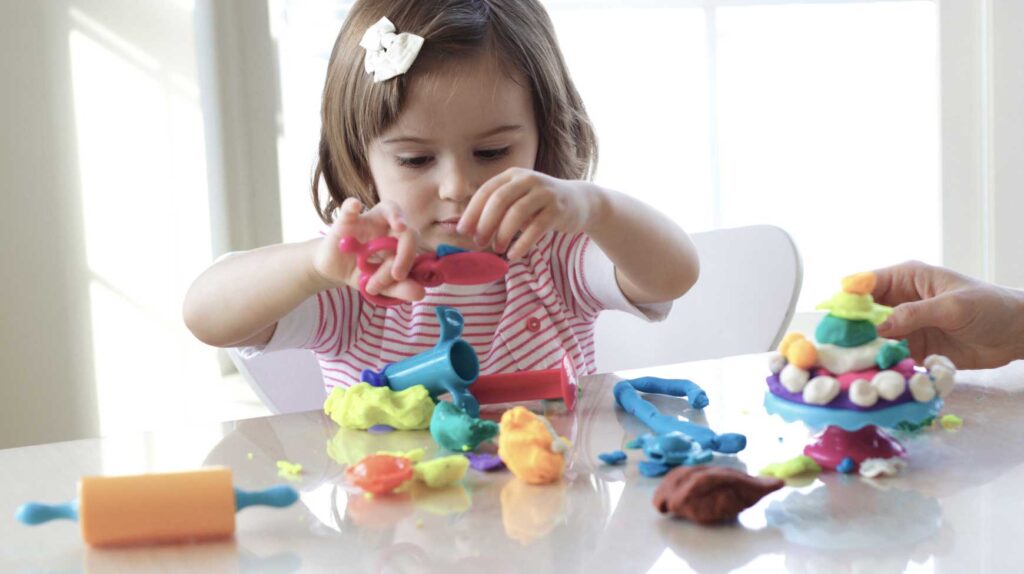
These are the fine motor skills examples from 2-3 years.
- Kids are playing with their favorite dolls/cartoons. Decorating the dolls with the beautiful dress. Changing their dress can be an excellent fine motor skill.
- Fill the tub with the ball. Cleaning out all the room’s mess by putting it in the baskets. This leads to the movement of both hands.
- Water play in the sand, with containers of varying sizes.
- Bringing the best out of waste. Making collages from tissue paper.
- Opening and closing fasteners of any objects.
- Coloring the papers with the best colors in them.
8. 3-4 Years
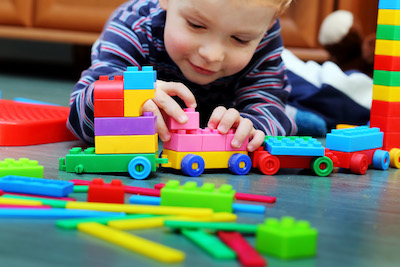
These are the fine motor skills examples from 3-4 years.
- Using a variety of mediums like crayons, markers, and chalk to draw or color
- Building castles through the block-building games.Guiding them step by step to put the objects.
- Making any delicious food like a raw sandwich using both hands.
- Using every object and building a fun play home.
- Playing puzzles through board games.Or making any puzzles on the paper and asking them to re-order by using paper models.
- Paper tearing activity by using tissues, collages, and other objects.
- Easy-to-understand games on the board for the free movement of the fingers.
- Putting together a strand of heavy beads.
9. 4-5 Years
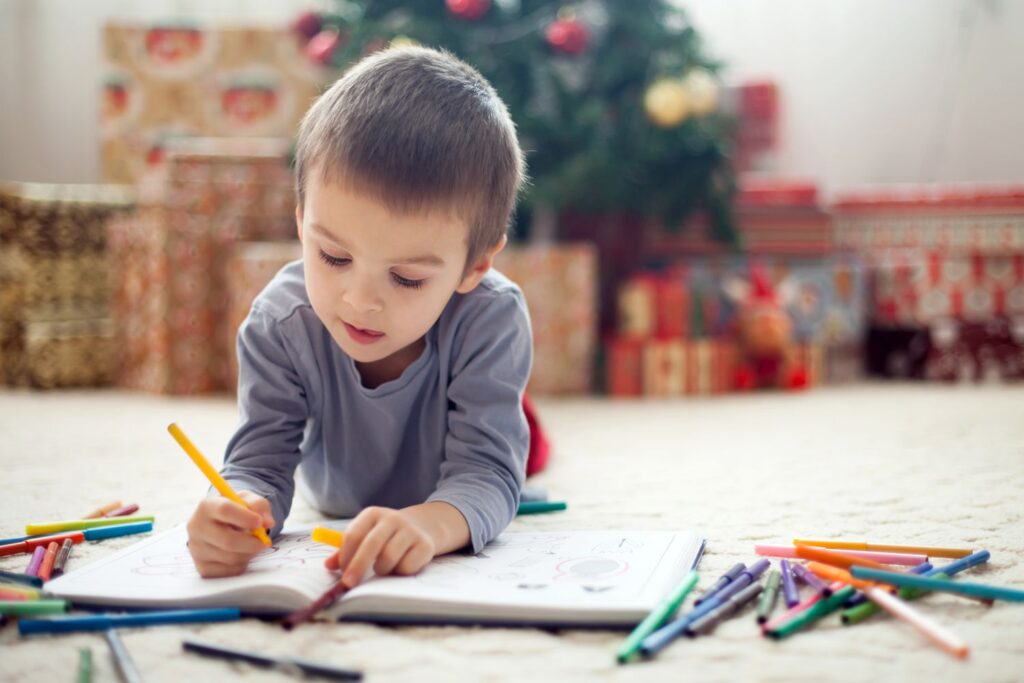
These are the fine motor skills examples from 4-5 years.
- Exercise your pencil grip with some Q-tip art!
- Paint with watered-down paint in squeeze bottles or with pipettes.
- Cotton balls can be picked up with clothespins and used as brushes.
- Brushing and cleaning teeth is one of the examples.
- Make models from the different clays and have fun.
- Create the initials of their name out of Play-Doh.
- Use tongs or tweezers to separate objects by hue.
Additional Ways to Develop Motor Skills in Your Toddler at Home
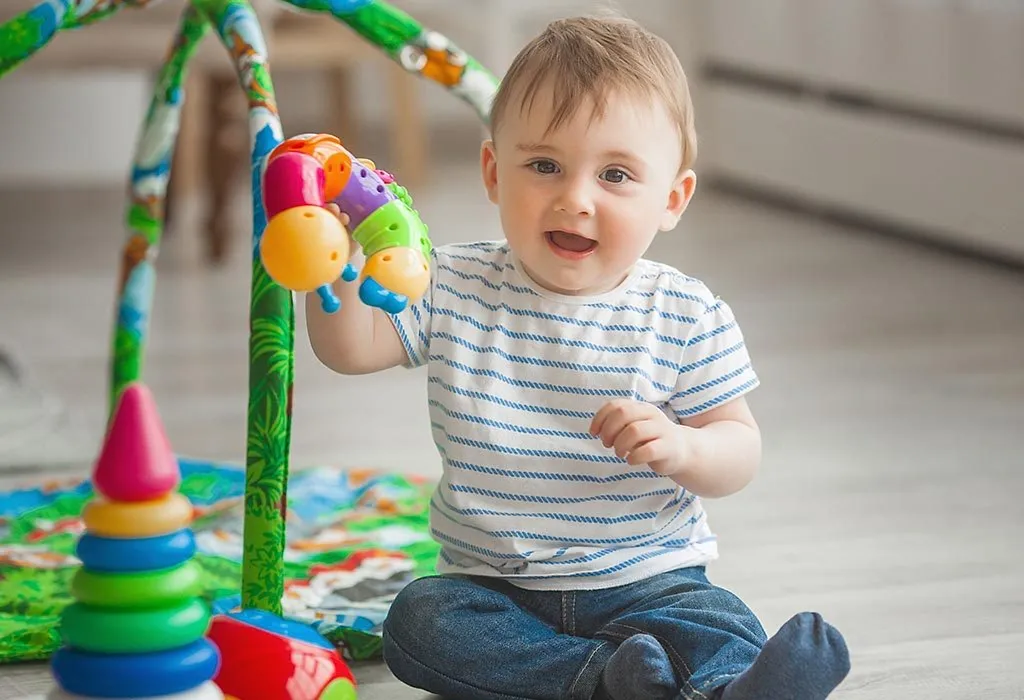
You need to start practicing your kid’s everyday activities. This may include practicing dressing, eating, and writing. While performing the activity, it is essential to develop sensory skills.
When given a chance to practice these abilities, your youngster can take on additional tasks alone. You can change the positioning to get them different environments to perform more activities.
Experimenting with various tastes, textures, and colors is a terrific way to expand your baby’s culinary (and sensory) horizons once she is five to six months old and eating a range of solid foods.
There are a lot of activities that can enhance the small muscles of the kids. Some of them are writing with a pencil and playing some musical instruments. Nowadays, kids love playing musical instruments by watching videos from different online sources.
This enhances their creativity and also adds interest to learning things. Various musical instrumentals are available for the kids, which helps them freely exercise their hands.
There are many more exercises available to help the toddler at home. But even performing one exercise at home regularly can significantly help them gain muscular strength.
Benefits of Developing Fine Motor Skills for Kids
Just like you can do every task efficiently, it happens due to fine motor skills already developed in you. Similarly, kids must perform fine motor skills for better coordination, thinking, and concentration. Many people just assume it is a practice way instead of not getting the actual benefits. Check out the benefits of fine motor skills:
- It helps in making hand-eye coordination better. Children often use their eyes and fine motor abilities to explore their surroundings, strengthening the connection between what they see and what they reach out to grip and touch. This is one of the essential fine motor skills performed by the kids.
- The kids need to be independent in every surrounding. Children feel they have control and authority over their surroundings after they have mastered this fundamental ability. Having good fine motor abilities promotes freedom. They can get the confidence to do the tasks.
- Fine motor skills help in the movement of the cheek, mouth, lips, and tongue muscles in developing communication skills. They learn how to communicate with every individual by using their abilities.
- It is one of the best ways to enhance creativity for the kids. They use it to perform different activities organized by the school. Even daily work leads to an increase in success for the future.
Conclusion
If your child regularly follows fine motor skills examples, there can be good development in the physical body. Your children may have different times for performing the activity. Numerous examples may be available to achieve by the kids, but you must check the perfection.
While doing the skills, both parties enjoy performing the activity. While toddlers go to playschool, their teachers interact with them in a fun way. This leads to inspiration in the kids to perform the tasks.
You can ask them to perform the tasks regularly. Like while coloring, they enjoy doing the tasks. Sometimes, babies do not function due to slow development.
Various fine motor skills need active participation. If you are already concerned about your child’s development, you can consult the therapist in your area nearby. You can mention more about the fine motor skills you followed for your kid in the comment section.
Frequently Asked Questions
What Are the Five Fine Motor Skills?
Fine motor skills are essential for all age groups, children from 0-5 years. Some examples are writing, coloring pages, tearing paper activities, puzzle making, offering toys, and many more. Every age group has fine motor skills examples that they can perform accordingly. Parents perform other fine motor activities like massaging, going for a walk, playing games, etc.
What Distinguishes Fine Motor Abilities from Gross Motor Abilities?
Fine motor skills require the collaboration of the small muscles and joints of the fingers, hands, and wrists, whereas gross motor skills require the coordination of larger muscles and joints to coordinate the movement of the arms, legs, and body. The activities kids conduct daily require fine motor abilities.
What Is Meant by Sensory Skills?
Vision, hearing, touch, smell, taste, vestibular (for balance and head position in space), and proprioception (input from the muscles and joints) are examples of sensory talents. They are in charge of gathering information. Kids perform fine motor skills to develop their sensory muscles. It is advised to complete the activity daily.
Does Clapping Come Under Fine or Gross Motor Skills?
Clapping comes under fine motor skills. Other fine motor skills include clapping hands, cleaning teeth, etc. Clapping involves the use of small muscles like both hands. Kids perform the activity daily in their school. It is a good practice that must be done to develop fine motor skills.

